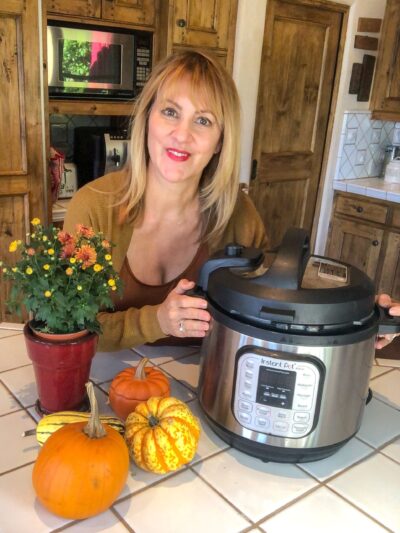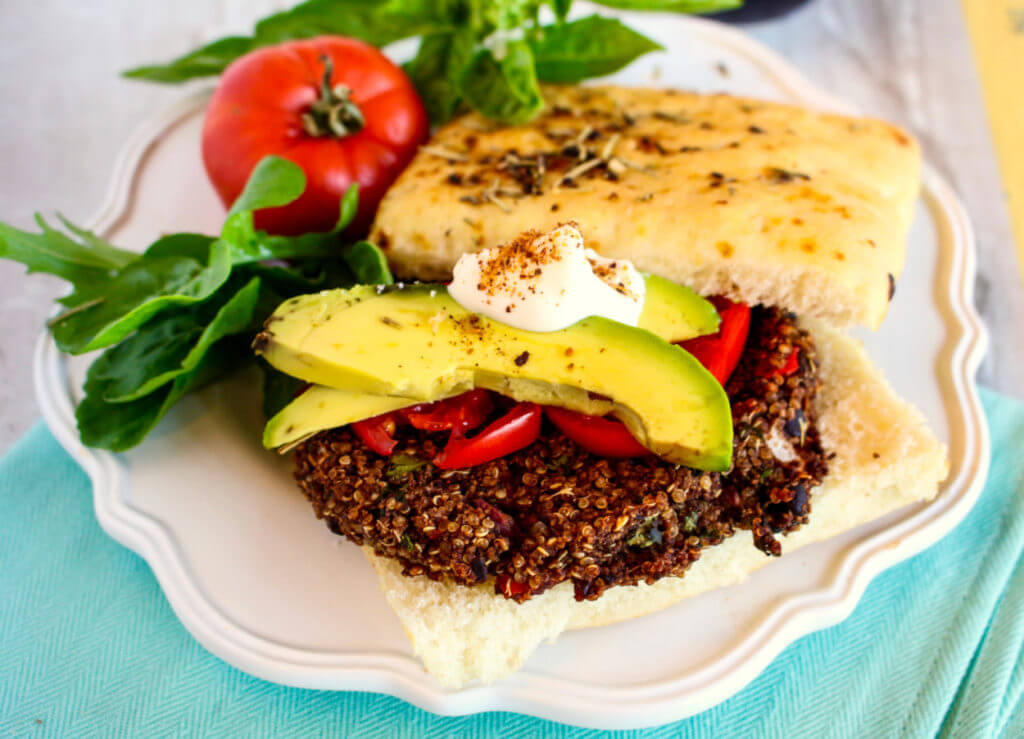
Get into the kitchen and cook meals yourself, and you’ll save beaucoup dollars! Here are a few hints for eating plant-based on a budget.
Those little tubs of $5 berries, $15 bags of seeds, and $40 supplements in the health aisle of the supermarket. It really makes you wonder if you can afford to eat a plant-based diet. Indeed, there’s a common misconception that eating a plant-based diet has to be expensive. Yet, this doesn’t have to be the case! As many plant-based eaters have learned, switching to a more plant-based diet can actually save you money. Often, the animal protein is the most expensive food on the plate. On the other hand, beans, peanuts, and tofu are pretty economical protein choices. The real key to creating a delicious, healthy plant-based food pantry without maxing out your food budget is pretty simple: eat real food. Sure, fake meats, plant-based entrees, and packaged foods may be easy and convenient, but they are often more costly than creating meals out of whole plants yourself. Get into the kitchen and cook meals yourself, and you’ll save beaucoup dollars! Here are a few hints for eating plant-based on a budget.
9 Tips for Plant-Based Eating on a Budget


1. Stock Essential Cooking Equipment. The right kitchen tools can help you save a ton of time and money in the kitchen. Try to get these basics:
- Rice cooker: You can use it to steam any whole grain, such as farro, brown rice, and sorghum. Get one that includes a steamer basket.
- Slow cooker/Pressure Cooker/Instant Pot: A must have for busy families. You may want to choose an Instant Pot as it serves all three of these functions. You can just throw in your ingredients for a healthy chili or stew, push the button, and your meal is ready when you come back.
- Food processor or blender: It’s really helpful to have an effective food processor for chopping, and grating veggies, nuts, and beans. I use one all of the time when I make veggie “meat” balls, cashew cheese, and hummus. You can also use a blender for making things like smoothies, bean dips, and nut cheeses. If you’re just getting started, try an immersion blender as a low cost option that saves storage space too.

2. Collect Basic Spices & Herbs. A meal can go from blah to ooo-la-la with just a few simple spices and herbs. Invest in the basic ones (garlic powder, sea salt, black pepper, cumin, paprika, turmeric, cinnamon, thyme, sage, cayenne pepper, curry powder, ginger, allspice, nutmeg, rosemary, dill, basil, oregano) to keep variety in your meals. And then start adding more to your collection. It will be fun! You can also look for seasoning blends to save time and money, as they have several ingredients in one bottle (i.e., Italian seasoning, Mexican seasoning, garam masala) It may be costly at first to collect spices, but there are always filling stations that offer bulk spices for cheap! Research your area for options. And keep in mind that one $4 bottle of spice can turn out dozens of delicious meals.

3. Buy in Bulk. In the bulk section, you can save money on spices, nuts, seeds, flour, nutritional yeast, dried fruit, beans, whole grains, and lentils. Also, look for larger volume of foods you buy frequently at a warehouse store, such as brown rice, soy milk, frozen fruit, and oats.

4. Make Your Own. Bread, baked goods, nut milks/cheeses…You can make it yourself! Make your own homemade oatmeal porridge instead of flavored packs; or even your own granola blend instead of costly bags of trendy granola. Try making homemade veggie-burgers too.


5. Buy Produce in Season. Remember to make the most of fresh produce when it’s in season—oranges in the winter, squash in the fall, strawberries in the summer. You will find them offered at more reasonable prices then too.

6. Use Frozen or Canned Veggies. When fresh are out of season, turn to frozen and canned. You can save money, plus they are more sustainable options.

7. Remember Rice and Beans! This is the backbone of traditional diets in the Americas, which offers a healthful, protein-rich, budget-friendly meal combo. Spice it up by blitzing green bell pepper, garlic, and onion in a food processor and adding it to the beans as they cook. Serve rice and beans in a power bowl. Top it with salad and some tortilla chips. There is so much you can do with this powerful pairing.

8. Celebrate the Humble Potato. This root veggie is so filling, and so versatile. Make them a staple in your diet by baking potatoes and topping them with nut cheese, broccoli, and herbs. Mash them as a comfort food side-dish for your next meal (use the leftovers for shepherd’s pie). Sauté them into a morning hash.
9. Know Where to Shop. Look for good prices on a variety of plant food staples. Asian markets are a great find for plant-based ingredients, like tofu and veggies, at good prices. Indian markets are great for economical exotic spices. Go to farmers markets whenever possible for your produce to enjoy seasonal varieties. Choose less expensive stores over chic natural food stores. Find a store with a good bulk section. Store-brand products (pasta, frozen items, canned goods, chocolate chips) are usually the least expensive.
For more tips on budget-friendly eating, check out:
5 Budget-Friendly Plant-Based Dinners
Insider Tips for Budget-Friendly Plant-Based Eating
Chef Tips for Budget-Friendly Plant-Based Meals
Image: BEST Vegetarian Refried Beans, Sharon Palmer, MSFS, RDN
